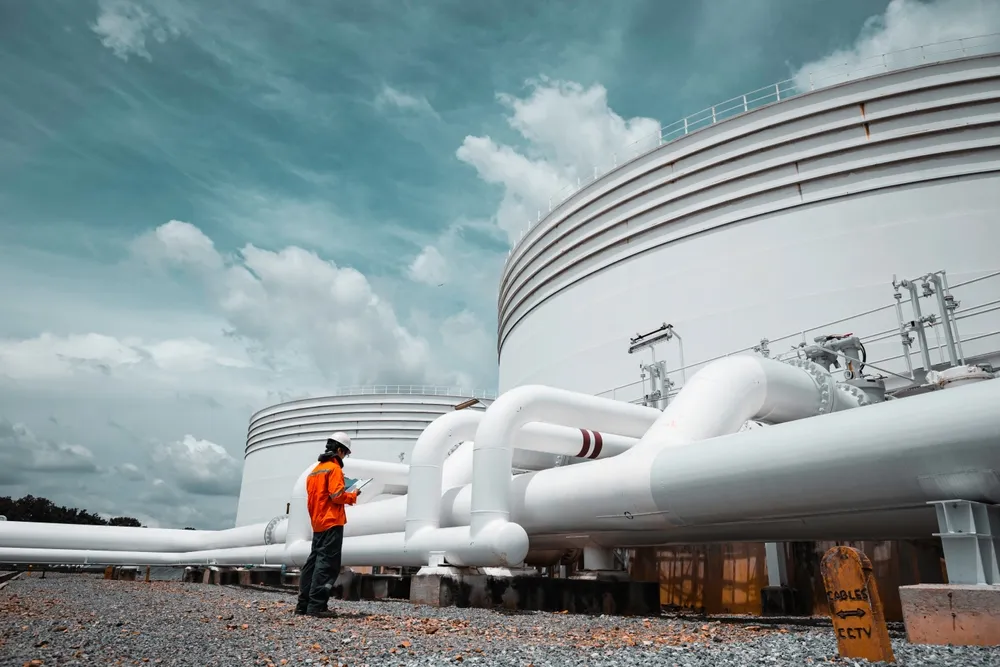Process Piping Design Code: ASME B31.3 Course
Introduction:
This Process Piping Design Code: ASME B31.3 course provides an in-depth exploration of the ASME B31.3 standard for pressure process piping. It covers design principles, material examination, testing procedures, and nonmetallic piping. The course addresses all aspects of the ASME B31.3 Standard, focusing on the safe design, construction, inspection, testing, and management of liquid pipeline systems. It also emphasizes regulatory processes for piping systems, ensuring safety, functionality, and economic efficiency.
Objectives:
By the end of this Process Piping Design Code: ASME B31.3 course, participants will:
- Gain knowledge and skills related to ASME B31.3 process piping.
- Identify design aspects of piping flanges and blankets.
- Understand welding and brazing qualifications, procedures, and specifications.
- Address assembly, fabrication, and erection requirements, including inspection and testing.
- Define hydrostatic pressure and hydrostatic-pneumatic tests.
- Understand fluid service requirements for materials.
- Explain nonmetallic piping design, fluid service requirements, inspection, and testing.
- Employ pre- and post-weld heat treatment and identify Charpy impact testing.
Training Methodology:
- Lectures with audience participation
- Use of real-life examples from case studies
- Simulations with Active Student Involvement
- Interactive sessions
- Articulation of scientific concepts
- Resolution of issues through workshops
Course Outline:
Unit 1: Introduction to ASME Codes
- Areas and Definitions
- Information, Coverage, and Exclusions
- Design Pressure and Design Temperature
- Listed and Unlisted Components
- Maximum Allowable Working Pressures and Temperatures
- Design Stresses and Stress Limits
- Factors of Safety for Design Stress
- Casting Quality Factor; Ec and Quality Factor of Weld Joint; Ej
- Pressure Fitting Design: Components, Connectors, Branches, Flanges, and Blanks
- Fluid Service Considerations for Pipe Components and Joints
- Flexibility and Support
Unit 2: Materials
- Acceptable, Unacceptable, and Regenerative Materials
- Temperature Ranges
- Tension, Impact Test, and Acceptance Levels
- Material Requirements for Different Fluids
- Construction Standards
- Assembly and Erection
- Welding and Brazing Qualification and Procedures
- Preheating and Heat Treatment
- Bending, Forming, Erection, and Assembly
Unit 3: Inspection, Examination, and Testing
- Calibration of Inspection Instruments
- Scope and Coverage of Examination
- Röntgenstatical and Ultrasonic Acceptance Examination
- Leak Testing and Maintenance of Pressure
- Gas Pressure Leakage Testing
- Hydro-pneumatic Leakage Testing Methods
Unit 4: Nonmetallic Piping and Piping Lined with Nonmetals
- Sizing and Safety Factors of Piping Systems and Components
- General Fluid Service Requirements for Nonmetallic Materials
- Construction, Assembly, and Installation
- Inspection, Testing, and Examination
Unit 5: High-Pressure and High Purity Piping
- Review of High-Pressure Piping
- Review of High Purity Piping
- Review of Code Tables and Appendices
Conclusion:
Upon completion, participants will have a comprehensive understanding of the ASME B31.3 standard and its application in process piping design. The course equips engineers, designers, and professionals with the skills needed to design, assess, and operate piping systems according to ASME B31.3 codes, enhancing their qualifications for better prospects in oil and gas, chemical processing, pharmaceuticals, and power generation.


















